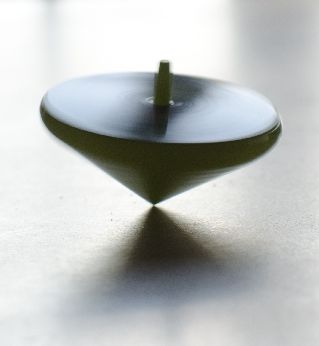- Industries & Machines Industries & Machines
- IIoT IIoT
- Service-Toll Processing Service-Toll Processing
- Material Material
- News News
- IR Information IR Information
-
Sustainability
Sustainability
Sustainability
- Introduction
- Hosokawa Micron Group "Basic Human Rights Policy"
- Hosokawa Micron Group "Basic Policy on the Environment"
- Sustaibality Policy - Mission Statement
- Editorial Policy
- Integrated Report
- Materiality & Strategy
- Technological contribution to a sustainable global environment
- Contributions towards a safer, more secure and prosperous society
- Sophistication of governance that supports business
- ESG Data Collection
- Sustainable Business Management ~ Finance
- Infromation Disclosure Based on TCFD Recommendations
- Jobs and Careers Jobs and Careers
-
About Us
About Us
About Us
- Greetings (Company Introduction)
- Hosokawa Micron Group "Basic Human Rights Policy"
- Hosokawa Micron Group "Basic Policy on the Environment"
- Management Philosophy
- Corporate Overview
- Executive Officers
- Corporate Profile
- Business Areas and Strengths
- Corporate History
- Hosokawa Micron Group
- Domestic Facilities
- Overseas Subsidiaries (Asia)
- Overseas Subsidiaries (Europe)
- Overseas Subsidiaries (America)
- Asian Agents
- Powder Technology Research Institute
- Annual Publication "Micromeritics"
- Industrial Property Rights
- Journals and Books
- Technical Information
- Compliance Charter
- Privacy Policy
- Cookie Policy
- Quality Principle

Industries & Machines
- TOP
- About Us
- Technical Information
- Details of Millling technology
- Inertia moment
- Greetings (Company Introduction)
- Hosokawa Micron Group "Basic Human Rights Policy"
- Hosokawa Micron Group "Basic Policy on the Environment"
- Management Philosophy
- Corporate Overview
- Executive Officers
- Corporate Profile
- Business Areas and Strengths
- Corporate History
- Hosokawa Micron Group
- Domestic Facilities
- Overseas Subsidiaries (Asia)
- Overseas Subsidiaries (Europe)
- Overseas Subsidiaries (America)
- Asian Agents
- Powder Technology Research Institute
- Annual Publication "Micromeritics"
- Industrial Property Rights
- Journals and Books
-
Technical Information
- Summury of Powder Technology
- Details of Millling technology
- Details of Classification Technology
- Details of Mixing/Blending Technology
- Details of Particle design Technology
- Details of Agglomeration Technology
- Details of Drying Technology
- Details of Dedusting Technology
- Details of Measuring Technology
- Compliance Charter
- Privacy Policy
- Cookie Policy
- Quality Principle
Inertia moment
What's the inertia moment?
This is an academic word, but I would like to introduce it because it is a very important concept when considering a rotating object.
There is a property of matter called "inertia".
Simply put, when no external force is applied to an object, it remains stationary. Inertia indicates the ease with which a stationary object can be made to move in a straight line, and corresponds to the mass m in Newton's equation of motion (F=ma).
(This mass is therefore called the inertial mass. (Therefore this mass is called the inertial mass.) The mass derived from the weight measured by a balance is called the gravitational mass, but they are basically the same.
This explains why you feel the suspension strap move and the acceleration in a car when it starts to run.
Now, rotation involves different phenomena than when we think of linear motion, such as the fact that a rotating object is less likely to fall over (the famous examples are frames and bicycles). In order to explain this, several ideas (definitions) are needed, one of which is the moment of inertia.

Moment of inertia is used as a measure of the difficulty of moving a stationary object in 'rotary motion', or of the difficulty of stopping a rotating object.
The same property in a stationary object is called inertia, but in the case of a rotating object the term is used to describe the moment of inertia.
There are so many rotating objects in the world (axles, motors, generators, etc.) that it is very important to quantify and understand their moment of inertia when designing them.
Incidentally, there is a rotating element called a rat wheel which is used in toys and engines to control speed fluctuations. The English word in katakana is "flywheel". For the Space Battleship Yamato generation, this is a familiar word. Flywheels are made of the lightest possible material, but are designed to have a large moment of inertia.
